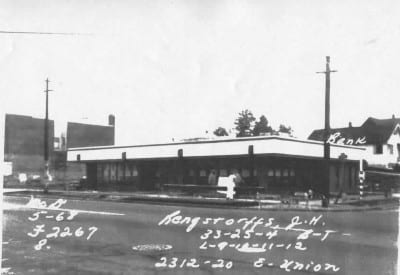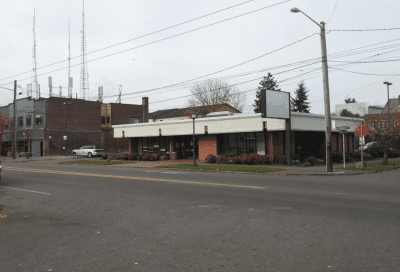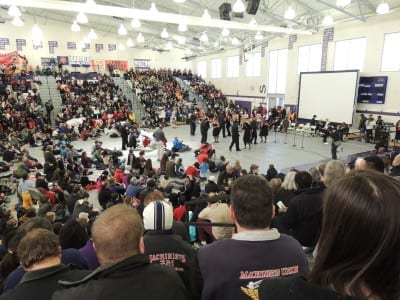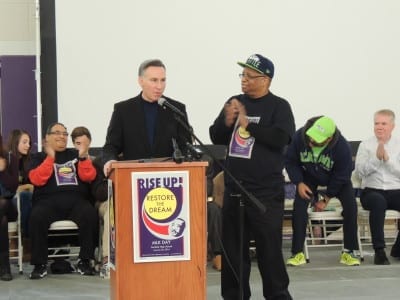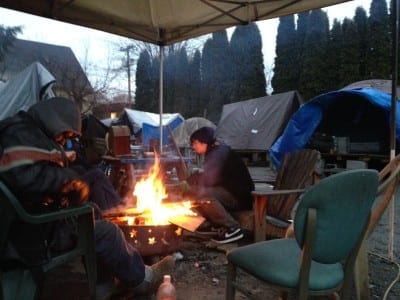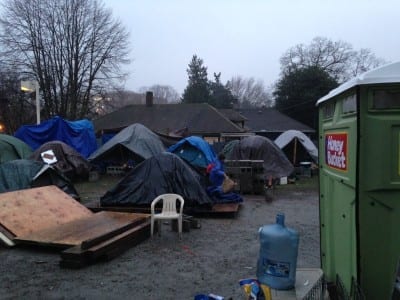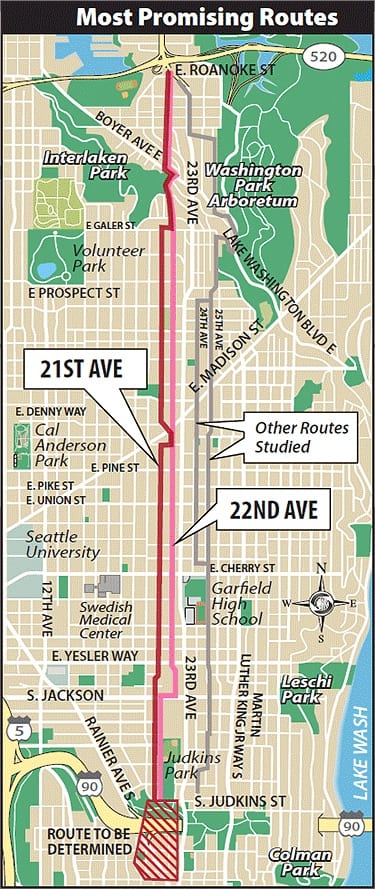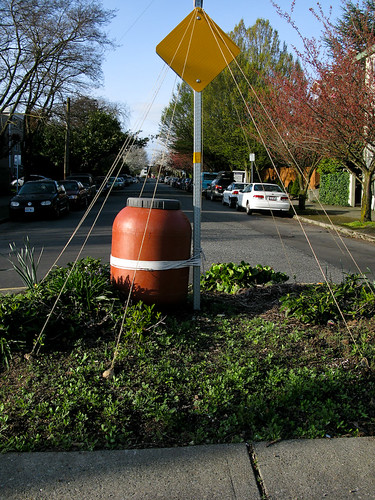 Like it or not, district-based city council seats will be here in 2015. As of Thursday’s last count, nearly 65% of Seattle voters approved Charter Amendment 19 to drastically re-calibrate the city’s top elected body. Under the new arrangement the city will have seven district-based council seats and two at large representatives, with the Central District falling in Seattle District 3.
Like it or not, district-based city council seats will be here in 2015. As of Thursday’s last count, nearly 65% of Seattle voters approved Charter Amendment 19 to drastically re-calibrate the city’s top elected body. Under the new arrangement the city will have seven district-based council seats and two at large representatives, with the Central District falling in Seattle District 3.
District-based council seats represent a historic shift in the political dynamics of the city and will likely cast a microscope over neighborhood politics. Madison Park moms, Seattle Central Community College students, and Central District old-timers will now all be jostling to elect and influence one single council member in the Fighting Third.
A lot of political rising and falling can happen in two years, so District 3 candidate predictions may be premature. Who would run if the elections were held today? Wyking Garrett? Sandy Cioffi? Bobby Forch? Dominic Holden? Jason Lajeunesse? Toss out your best guesses/nominations in comments.

Kshama Sawant, your first District 3 Council alderperson? (Image: CHS)
 One person who definitely won’t be running is Madrona resident Richard Conlin, who announced his plans Wednesday to not seek reelection after his two-year term. Conlin went through a bruising campaign this cycle against firebrand socialist Kshama Sawant. District 3′s first Council chief might not be a very interesting discussion by the time the final 2013 votes are counted. Sawant’s camp believes the late tallies have swung so far toward the Socialist Alternative candidate’s favor that she’ll win the race outright. District 3, your first leader might already be in place.
One person who definitely won’t be running is Madrona resident Richard Conlin, who announced his plans Wednesday to not seek reelection after his two-year term. Conlin went through a bruising campaign this cycle against firebrand socialist Kshama Sawant. District 3′s first Council chief might not be a very interesting discussion by the time the final 2013 votes are counted. Sawant’s camp believes the late tallies have swung so far toward the Socialist Alternative candidate’s favor that she’ll win the race outright. District 3, your first leader might already be in place.
Those running for district seats must reside in the district, but are only required to have lived there for 120 days prior to being elected. Council members must also stay in the district throughout their term in office. At-large candidates can live anywhere in the city. According to the charter amendment the districts will be redrawn every decade to account for population shifts.
One upside of the boundaries is that demographic changes in the district will be easy to track. Eastlake aside, the three Capitol Hill and Central District zip codes — 98122, 98102, and 98112 — are a near mirror of the District 3 boundaries. District 3 may also have the widest household income range of any other district in the city, from the near $250K average annual incomes in Broadmoor, to an $18K average annual income in one Yesler Terrace precinct.

The changeover from all at-large to mostly district representation will be a little tricky and won’t be fully on-track until 2017. That’s when the two at large council members will be elected to 4-year terms; district representatives will run for 4-year terms starting in 2015. Here are the details of the transition from King County Elections:
To make the change to districts, the five council members elected in the 2011 City Council elections would serve their present terms ending on December 31, 2015, and the four council members elected in the 2013 City Council elections would serve two-year terms also ending on December 31, 2015. In 2015, the two at-large council members would be elected to two-year terms ending on December 31, 2017, and the seven district council members would be elected to four year terms ending on December 31, 2019. Thereafter, all members would be elected to four-year terms.
Seattle District 3 includes Capitol Hill and the Central District as well as the heavily residential, homeowner dominated neighborhoods of Madison Park, Madrona, and Montlake. Critics of the boundaries have argued that the map was drawn up based on irrelevant geographic boundaries that disenfranchised denser neighborhoods by splitting them apart.
District supporters have promised greater accountability from elected officials. For many that will mean having a one stop complaint-line for any issue, instead of having to look up which council member chairs the relevant committee.
The new district representatives will also presumably be an important voice on wider neighborhood issues. Where current at-large council members can afford to dither on neighborhood nit-and-grit, the District 3 rep would likely be pressed to take a stance on specific issues.
Most of District 3 is contained east of I-5, but there are two notable exceptions. According to the Districts Now! map, District 3 takes a strip of downtown blocks between 5th and 6th Avenues to include the King County jail, SPD headquarters, and the municipal court. A small chunk of South Lake Union included in the district scoops up The Fred Hutchinson Cancer Research campus and Lake Union Park.
Seattle-Districts-Now_7-2_Map.pdf

